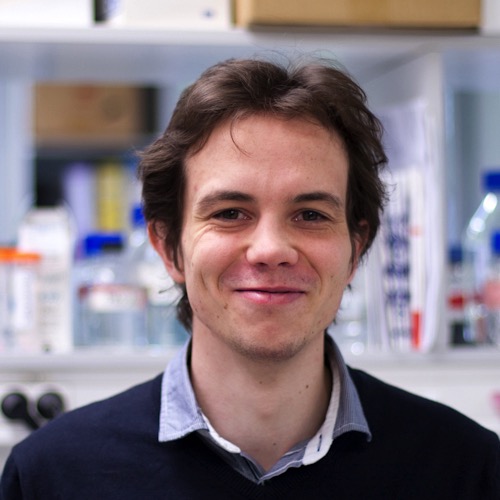Strasbourg University, Architecture and Reactivity of RNA, UPR 9002 StrasbourgFluorogenic RNA Mango aptamers for imaging small non-coding RNAs in mammalian cells. Nat Commun. 2018 Feb 13;9(1):656. doi: 10.1038/s41467-018-02993-8 Autour A, C Y Jeng S, D Cawte A, Abdolahzadeh A, Galli A, Panchapakesan SSS, Rueda D, Ryckelynck M, Unrau PJ
Cv
Alexis Autour, 29, received a degree in Life Sciences, followed by a Master's degree in Molecular Biology from the University of Strasbourg. He is currently a PhD student in the last year, in the "RNA digital biology" team headed by Dr. Michaël Ryckelynck at the Institute of Molecular and Cell Biology (IBMC) in Strasbourg. His thesis project focuses on improving the fluorescent properties and binding affinity of fluorogenic RNA aptamers using a competitive ligand binding droplet-based microfluidic selection. These, new aptamers have many potential applications to study RNA function and dynamics both in vitro and in mammalian cells.
Contact
This email address is being protected from spambots. You need JavaScript enabled to view it.
IBMC, PhD student under the supervision of Michaël Ryckelynck
adress :
IBMC
15 Rue René Descartes
67000 Strasbourg
Abstract
Despite having many key roles in cellular biology, directly imaging biologically important RNAs has been hindered by a lack of fluorescent tools equivalent to the fluorescent proteins available to study cellular proteins. Ideal RNA labelling systems must preserve biological function, have photophysical properties similar to existing fl uorescent proteins, and be compatible with established live and fixed cell protein labelling strategies.
Here, we report a micro fluidics-based selection of three new high-affinity RNA Mango fluorogenic aptamers. Two of these are as bright or brighter than enhanced GFP when bound to TO1-Biotin. Furthermore, we show that the new Mangos can accurately image the subcellular localization of three small non-coding RNAs (5S, U6, and a box C/D scaRNA) in fixed and live mammaliancells. These new aptamers have many potential applications to study RNA function anddynamics both in vitro and in mammalian cells.




